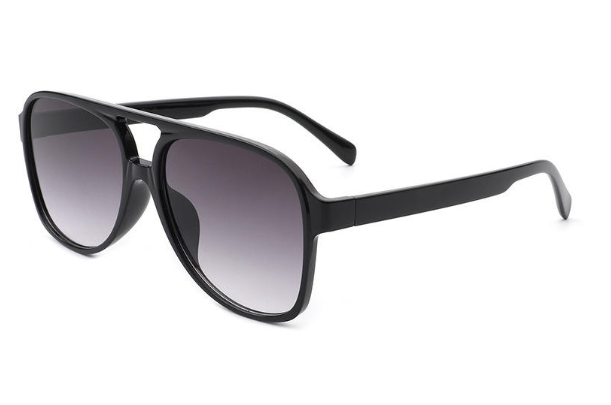Sunglasses manufacturers are much more than mere producing fashion accessories. They are producing important devices to safeguard our eyes against damaging ultra-violet (UV) rays, decrease glare and improve visual comfort. Any two sleek shades have behind them a complex manufacturing process, a combination of fine engineering, a sophisticated materials science and a careful craftsman. The industry is focused on the development of products of both functional protective quality and aesthetic value.
From Design to Prototype
The process of an eyewear manufacturer starts far before a material is cut. It starts with design. Ideas are drawn on by creative teams, who are usually inclined to recent trends in fashion and technology. Computer-Aided Design (CAD) software is used to translate these designs into digital 3D models. This enables designers to visualize the proportions, customize styles and make sure that the frame would be ergonomically viable. After the digital model is refined, a physical prototype is produced, in most cases by 3D printing. This prototype is employed to undertake fit testing on the different faces and also undertake the final fine tuning prior to the onset of the mass production.
Material Selection: Form and Function
Material selection is of paramount importance and is based on the intended application, as well as the cost of the end product. In the case of frames, typical materials are:
- Acetate: An acetate plastic derived from plants that is highly sustainable in terms of its longevity, flexibility, and assortment of colors and designs.
- Nylon: Nylon is commonly applied in sports performance sunglasses due to its very lightness and impact resistance.
- Metal: Metals such as monel and stainless steel are classic and sleek in appearance and strength.
The material is also important with lenses. The material of choice in non-prescription sunglasses manufacturers is polycarbonate by nature and because of intrinsic properties, including UV protection, extreme impact resistance, and lightness. Glass lenses are lighter and weaker but they are optically clearer and more resistant to scratch. All the lens materials are subsequently coated with the lenses and the coating is necessary in the performance. These are 100 percent UV A/B, polarization to remove glare blinding effects, and anti-reflective surfaces.
Precision Manufacturing and Assembly
Real manufacturing is a ballad of precision machines and handcraft. In the case of acetate frames, the material is cut into sheets, and mounted on CNC machines in blocks. These machines carefully make a cut of the front frame and temples using the solid block according to the CAD designs. The parts are then swirled in huge drums with polishing media to rounded off edges and attained high-gloss finish.
More Than Just Style
The effort of a sunglasses manufacturer is a committed quest of perfection. It is a field where science checks that our eyes are not at a risk of damage and the art form forms an expression of individual style. Whenever you start wearing a pair of sunglasses, the next time, just remember all the innovation, focus and efforts that were involved in making that ideal mix of defense and style.


